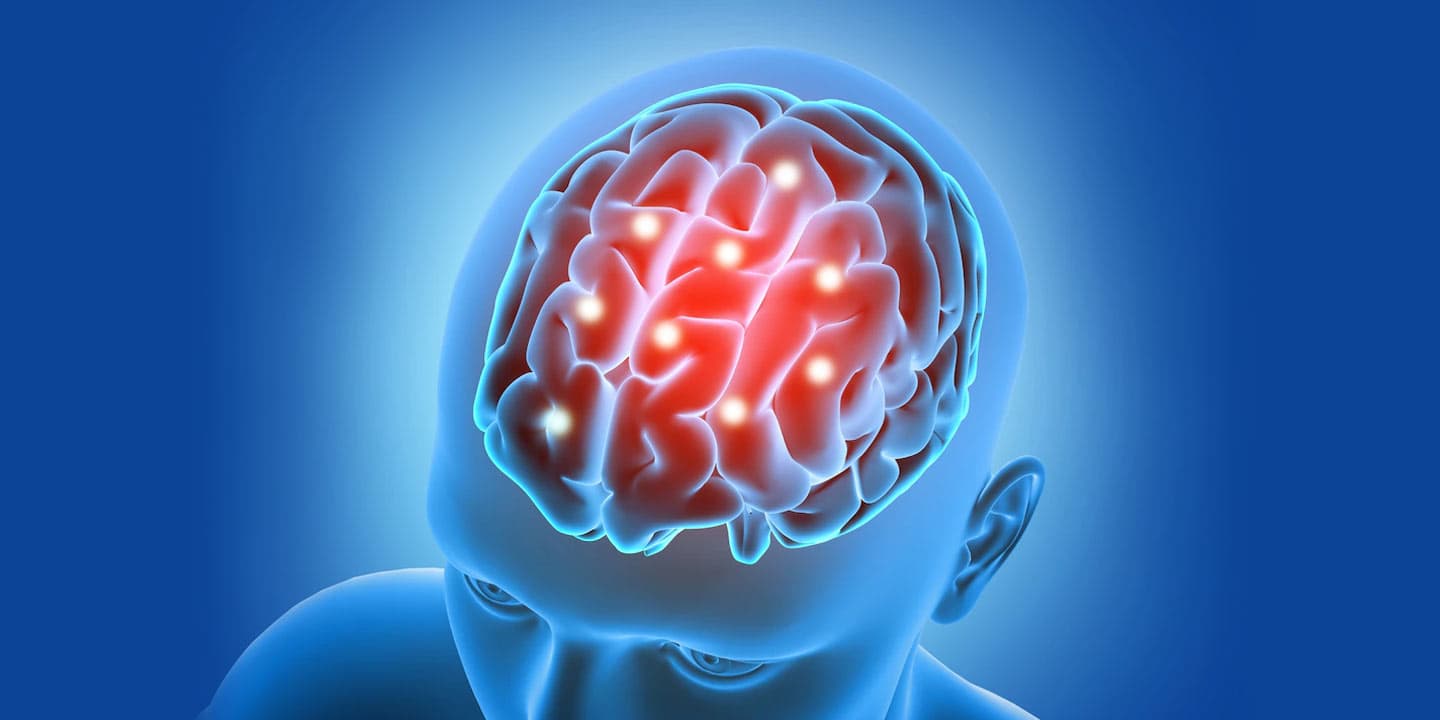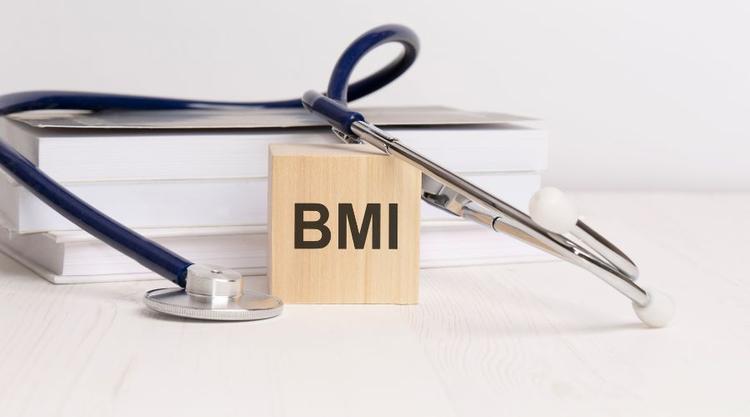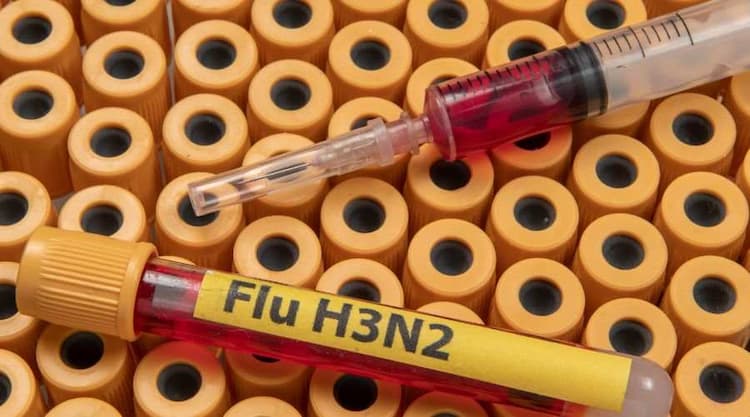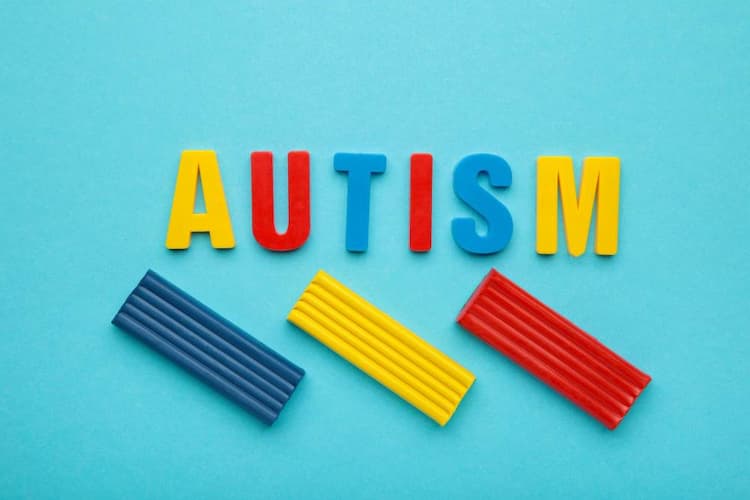International Brain Tumor Awareness Week 2022

Medically Reviewed By
Dr. Ragiinii Sharma
Written By Srujana Mohanty
on Oct 31, 2022
Last Edit Made By Srujana Mohanty
on Mar 13, 2024

International brain tumour awareness week will be from 29th October 2022 to 5th November 2022. It encourages groups and individuals to draw attention to and spread education about brain tumours. As a way to show support for brain tumour patients worldwide, individuals and groups wear orange and grey to show their support. They can also plan to organise a fundraising run, walk or any other captivity that will benefit a brain tumour charity. This awareness week 2022 is important as it creates awareness about the disease and helps reduce the stigma linked with tumours. Let us tell you more about the brain tumour.
All About brain tumour
A brain tumour is a condition in which there is a growth of abnormal cells in the brain. It can develop in any part of the brain or skull, including the protective lining, the skull base, the brainstem, the sinus, and the nasal cavity. Sadly, more than 120 types of brain tumours can develop and depend upon the tissue they arise from. All brain cancers are tumours, but not all are malignant cancerous, as there are noncancerous brain tumours, also known as benign brain tumours. On the contrary, malignant brain tumours have cancer cells and can invade healthy brain tissue nearby. There are two general groups of brain tumours.
Primary brain tumours begin in the brain and stay there.
Secondary brain tumours are more common and start somewhere else in the body and travel to the brain. Some cancers like lung, breast, kidney, colon, and skin spread to the brain.
Types of brain tumours
As stated above, more than 120 brain tumour types can start in any part of the brain or spinal cord and are usually called by the type of cell from which they develop. Out of them, the most common type of brain tumor in adults is called GBM, i.e., glioblastoma multiforme. Some common types of brain tumours in adults are
Common types of brain tumors
- Astrocytomas
It is a type of brain tumor that usually forms in the largest parts of the brain, i.e., the cerebrum. They can be any grade and often cause seizures or changes in behaviour. They spread throughout the brain and mix with other tissues.
- Meningiomas
It is another common type of brain tumor that can occur in adults above the 70s and 80s. They begin in the meninges and can be grades 1, 2, or 3. They are often benign and grow at a slow pace.
- Oligodendrogliomas
It forms in cells that cover nerves and are of grades 1, 2, or 3. This type of brain tumor grows slowly and does not spread.
Some rare types of brain cancer or tumours are
- Ependymomas
It is a rare type of brain cancer that forms in the brain or spinal cord and begins in cells that line the ventricles and the canal. They can be both fast and slow growing.
- Mixed gliomas
This rare type of brain cancer comprises more than one type of cell.
- Mixed glial and neuronal tumours
This type of tumour is made of glial and neuronal cells and tends to affect children and young adults.
- Primitive neuroectodermal tumours
It is the most common type of brain tumor in children but can affect adults too. They are also called neuroectodermal cells, beginning in immature nerve cells.
Facts about brain tumours
- It is brain tumour awareness week 2022, and it is the best time to get aware of the condition by knowing some important facts about brain tumours to stay updated and to recognize signs of brain tumours:
- A primary malignant brain tumour is a rare type of cancer, and the most common type is a secondary tumour.
- The cause of brain tumours is still unknown, and the risk increases as you age.
- People who are exposed to radiation therapy and radiation exposure by atomic bombs are more prone to brain cancers.
- Brain tumour warning signs are nil; you can experience worsened headaches over time.
- There is no confirmation or evidence regarding cell phones causing brain tumours.
- Brain tumour survival rates vary and depend upon the type of cancer. Some types of brain tumours are highly treatable, and others are less responsive to various treatments.
International brain tumour awareness week is being recognised from 29th October 2022 to 5th November 2022. The week encourages people to organize different activities to spread awareness about brain tumours among people. It is necessary to know all early signs of a brain tumour; if left untreated, it can impact your brain function. When it grows large, it begins to press on surrounding tissues. The first sign of a brain tumour is seizures, as three out of ten people with brain tumours were diagnosed after experiencing seizures. It will help if you discuss this with your doctor, as there are several treatment options for the condition.
Risk and Causes of brain tumour
Anything that increases your chances of getting cancer is termed as a risk factor, and having a risk does not always mean you will get cancer. International brain tumour awareness week encourages people to know the risk factors and to talk with their doctor regarding that to make more informed decisions. Though the cause of brain cancer is still unknown, there are some factors that can make you more prone:
- Age
Brain tumours are more common in children as well as in older adults but people of any age can develothemit.
- Gender
Generally, men are more prone to develop brain cancer. Some specific types of brain tumors are more common in women, like meningioma.
- Home and work exposure
People who are more exposed to pesticides, solvents, oil products, rubber, etc., are at more risk of developing brain tumours. However, there is no specific evidence regarding this claim.
- Family history
Not all, but about 5 percent of brain tumours are connected with a family history or genetic factors.
- Exposure to infections, allergens, and viruses
People who are exposed to the EBV virus are more prone to brain tumours. Also, people who get exposed to CMV are also more at risk. There are many more viruses that increase the risk of brain tumors.
- Head injuries and seizures
A person going through serious head trauma can risk developing brain tumours. Also, a history of seizures is linked with the condition, but it is also true that brain tumour cause seizures. Thus it is still unknown whether seizures cause brain tumours or if seizures occur because of brain cancer.
Symptoms of brain tumours
There are various types of brain tumours; some are malignant, and some are benign. Some cancerous brain tumours start in the brain and are called primary brain cancer. You must be aware of some potential brain cancer symptoms during this brain tumour awareness week. Some signs of brain tumour are listed below; however, the signs and symptoms vary and depend on the size, type, and location of the tumour in the brain:
- Headaches
- Seizures
- Changes in senses like smell, vision, or hearing
- Difficulty in sleeping
- Memory loss and confusion
- Personality changes
- Memory problems
- Drowsiness
- Depression
- numbness
- Nausea and vomiting
- Difficulty in walking
When you experience one of the above-listed brain tumour warning signs, consult your doctor to know the exact cause.
Brain tumour diagnosis
Doctors have to make many tests to determine the brain tumour and its type. They also make tests to know the extent to which the brain cancer has spread to other body parts. They may also test to decide what treatment will be best to treat the condition. There are various imaging tests with which doctors can find out if it is the primary brain tumour or not. The test is done to determine if it is cancer that has spread to the brain from other body parts or not. Imaging tests are done to take pictures of other inside body parts; while choosing the brain cancer diagnostic test; doctors have to take into account the following:
- Type of tumour suspected
- Patient's signs and symptoms
- Age and general health of the patient
- Results of past medical tests
A brain tumour is diagnosed after checking the signs of a brain tumour and is done by the neurologist. Many tests determine the condition, its grade, and its type. They are:
- MRI - It is done to get detailed images of the body to measure tumour size.
- Tissue sampling/ biopsy: The doctor will take a tumour tissue sample to make the final decision. A biopsy is a process of removal of a small amount of tissue for examination under a microscope.
- CT Scan- a doctor can also prescribe a CT Scan to take pictures of the inside body using X-rays taken from different angles. They can also know about the changes in the skull through CT scans.
- PET-CT Scan: It is done to learn about the brain tumour and may also be used to determine if the tumour returns after treatment.
- Cerebral arteriogram: It is an x-ray showing the brain's arteries.
- Lumbar puncture: It is a procedure in which a needle is used to take samples of CSF to determine tumour cells, blood, or tumour markers.
- Myelogram: It is a computerized tomography CT Scan of the spine and is done when a doctor suspects a tumour in the spine.
- MR Spectroscopy - It is an advanced MRI scan that shows metabolic activity within a brain tumour.
Grades of brain tumours and their survival rates
The staging process determines the spread of cancer beyond the original site. Brain cancer behaviour is different from other cancers. The tumour can move within the brain, but it is rare if you have a primary brain tumour. The grading system of the condition comprises four grades, which help doctors understand how the tumour grows and help them decide about the brain tumour treatment. The four brain tumour grades are
Grade 1 is the starting stage in which the tumour slowly and rarely spreads to adjoining tissues. It may be possible to remove it completely with the surgery.
Grade 2: It is the second stage of a brain tumour that may spread to nearby tissues. They will likely come back after surgery and can develop into malignant tumours.
Grade 3 is the third stage, in which the tumour grows fast and spreads to nearby tissues. At this tumour stage, cells look very different from normal ones. There will be a need for radiotherapy and chemotherapy after surgery.
Grade 4: It is the last dangerous brain cancer stage in which cancer grows and spreads quickly. This tumour often returns after treatment and can spread to other brain parts; you must undergo radiotherapy and chemotherapy to treat it.
Brain tumour treatment options
Brain tumour treatment depends on age, general health, size, location, type, and grade. The treatment is undoubtedly complex as most treatments involve many expert doctors, including
- Neurosurgeons
- Oncologists
- Radiation oncologists
- Primary doctors
Treatment options are:
- Surgery
The brain tumour surgery is done to remove it safely. During the operation, the surgeon will confirm that you have a tumour and then remove it. Mostly in benign tumours removing tumours will help to cure brain tumour symptoms. Some common types of surgery are Craniotomy and Neuroendoscopy.
- Radiation therapy
It is another treatment to treat brain tumours and uses high-energy rays to kill the cancer cells and stop them from growing and spreading. This treatment is recommended for those who cannot have surgery. It is a local therapy that does not include arm cells elsewhere in the body or the brain and only target cancer cells. Doctors may give you this treatment in many ways.
- External radiation
- Internal radiation
- Stereotactic radiosurgery
- Chemotherapy
This cancer treatment involves using powerful cancer medicines to kill cancer cells. Doctors may give you one of two medicines that can be given through mouth or through an IV. Some of the medications are given through the shunt put in place to drain excess fluid from the brain. This treatment is given in cycles, most probably two or four cycles.
Prevention from brain cancer - is this possible
It is brain tumour awareness week, and it is the best time to raise awareness and educate people about brain tumours, whicareis rare but deadly. You can prevent brain tumours by managing your lifestyle. You must eat healthily, exercise regularly, avoid known carcinogens, and reduce stress. You must keep in mind the below points to safeguard yourself from brain tumours:
- Sleep well as it is a friend for brain health; an adequate amount of rest and eyes shut will help keep your brain healthy.
- You can try meditation, yoga, and breathing exercises to reduce stress.
- Try consuming a rich diet with cancer-fighting nutrients to prevent brain tumours.
- Limit your exposure to mobile phones. However, no study proves that, but doctors advise restricting the usage of mobile phones to prevent tumours.
Important FAQs associated with brain tumours
- How long does a brain tumour take to develop?
A brain tumour can take months or even years to develop.
- When is brain tumour awareness week?
International brain tumour awareness week is on 20th October 2022 to 5th November 2022.
- Is a brain tumour hard to remove?
Some brain tumours are small and can be easily removed through surgery. But some are risky to remove as they are located near sensitive areas in the brain.
- What is the location of most brain tumours?
Most common brain tumours are located in the skull's base and the spine's lower part.
- Can I survive a brain tumour?
Brain tumour survival rates are difficult to predict as they are uncommon and are of many types.
- Which type of brain tumor is not curable?
It is difficult to treat a Glioblastoma brain tumor, also known as glioblastoma multiforme.
- What is the first warning sign of a brain tumour?
The first brain tumour warning sign is irritation in parts of the brain that can lead to seizures. Nit is considered the first signal of the brain tumour.
Conclusion
The main objective of International Brain Tumor awareness week is to create awareness about the disease. This is done by reducing the stigma linked with the condition with the help of activities like conferences, talks, etc. During this brain tumour awareness week, funds are raised for research into novel and more effective brain tumour treatments and therapies. The week makes the entire world join together and give their support to people who are dealing with brain tumours. We encourage you to join the cause and do your bit in spreading awareness and aiding the patients.



